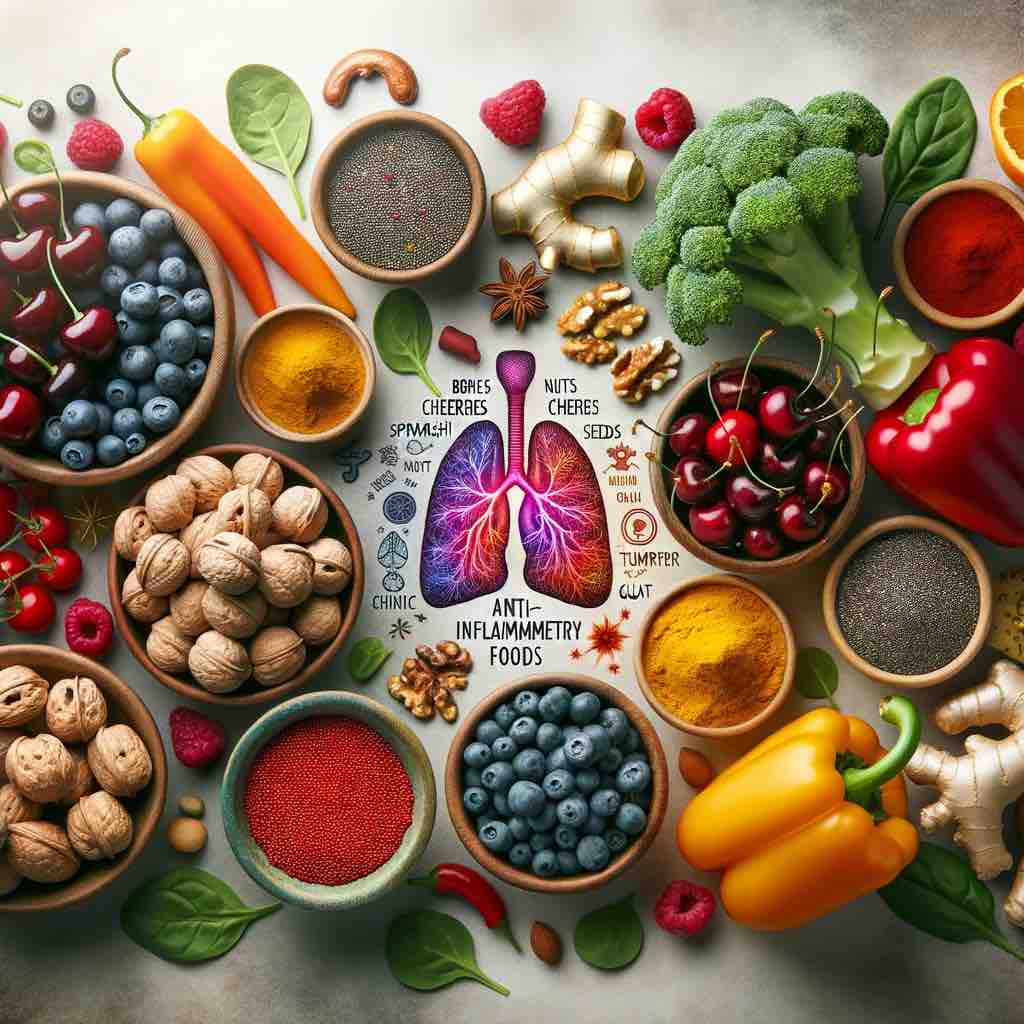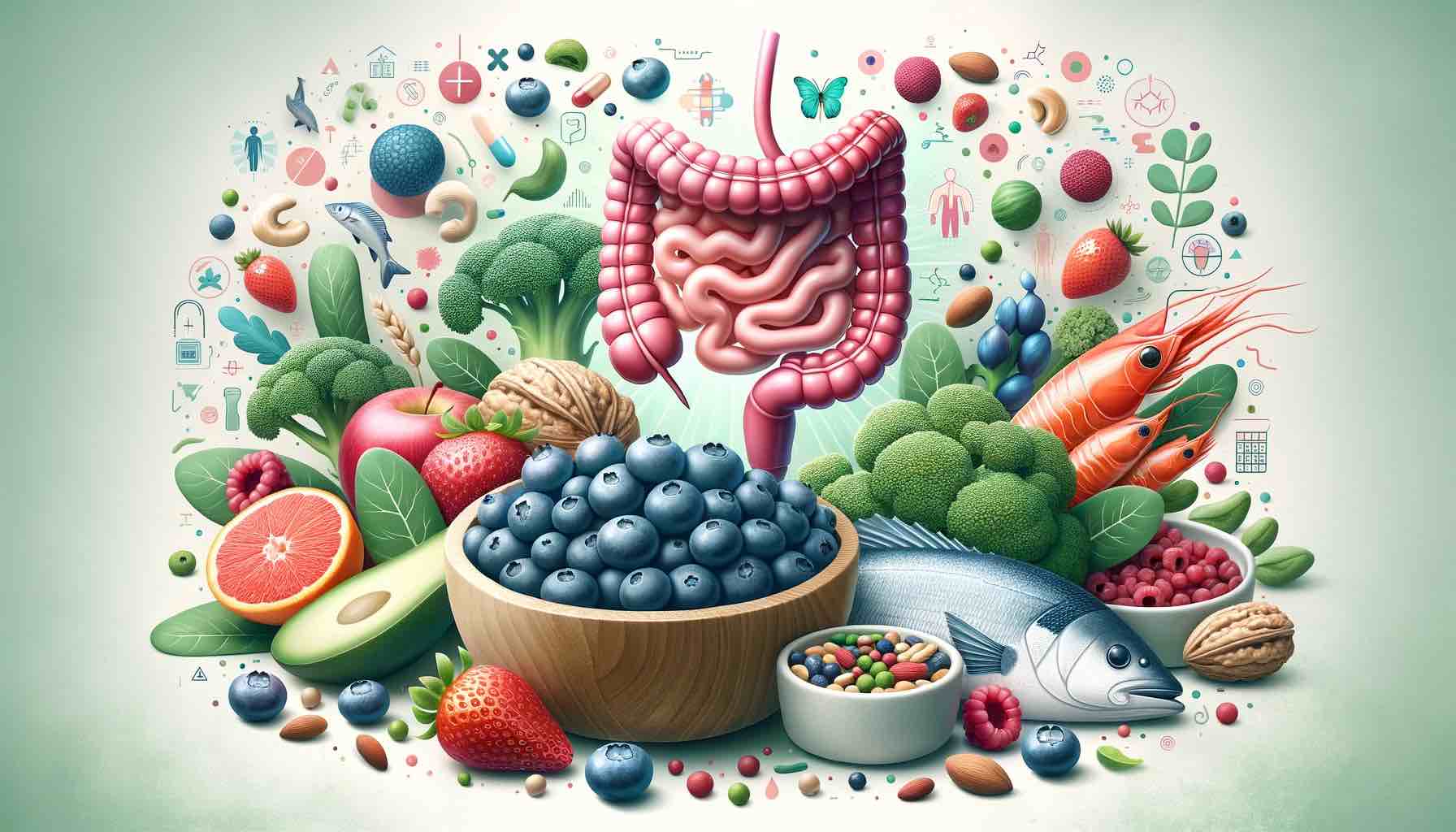
Crohn’s disease, celiac disease, and irritable bowel syndrome (IBS) are gastrointestinal conditions that share some similarities but have distinct characteristics. It’s essential to differentiate between them for proper diagnosis and management. In this guide, we’ll delve into the nuances, symptoms, and potential relationships among these conditions.
Crohn’s Disease: Unveiling the Complexity
Crohn’s disease is a chronic inflammatory bowel disease (IBD) that can affect any part of the digestive tract. Here are key points to consider:
- Inflammation: Crohn’s is characterized by inflammation, which can lead to a range of symptoms, including abdominal pain, diarrhea, weight loss, and fatigue.
- Involvement: It can affect any part of the digestive tract, from the mouth to the anus, often in a patchy or skip pattern.
- Extraintestinal Manifestations: Crohn’s can impact other organs and systems, causing skin issues, joint pain, and eye problems.
- Treatment: Management involves medications to control inflammation, dietary changes, and, in some cases, surgery to remove damaged portions of the digestive tract.
Celiac Disease: A Gluten-Related Autoimmune Disorder
Celiac disease is an autoimmune condition triggered by the consumption of gluten, a protein found in wheat, barley, and rye. Key aspects of celiac disease include:
- Autoimmune Reaction: In celiac disease, the immune system mistakenly targets and damages the small intestine when gluten is ingested.
- Digestive Symptoms: Symptoms often include diarrhea, abdominal pain, bloating, and malabsorption of nutrients.
- Extraintestinal Symptoms: Like Crohn’s, celiac disease can have extraintestinal manifestations, affecting the skin, joints, and other systems.
- Treatment: The primary treatment is a strict gluten-free diet, which typically leads to symptom relief and intestinal healing.
Irritable Bowel Syndrome (IBS): A Functional GI Disorder
Irritable bowel syndrome (IBS) is a functional gastrointestinal disorder characterized by symptoms such as:
- Abdominal Pain: Cramping or discomfort in the abdomen is a common feature.
- Altered Bowel Habits: IBS can cause diarrhea, constipation, or a combination of both.
- Triggers: Symptoms often worsen in response to stress, certain foods, or hormonal changes.
- No Structural Damage: Unlike Crohn’s and celiac disease, IBS does not cause structural damage to the digestive tract.
- Management: Management focuses on symptom relief through dietary changes, stress management, and medications.
Relationships and Overlapping Symptoms
While these conditions have distinct features, it’s essential to recognize that symptoms can sometimes overlap, leading to diagnostic challenges. Additionally, some individuals may have coexisting conditions. For example:
- Celiac and Crohn’s: It’s possible for someone to have both celiac disease and Crohn’s disease, although these conditions affect different parts of the digestive tract. Managing both requires careful dietary planning and medical guidance.
- IBS and Crohn’s or Celiac: Some patients with Crohn’s or celiac disease may also experience IBS-like symptoms due to ongoing inflammation or dietary sensitivities.
Seek Professional Evaluation
If you suspect any of these conditions or experience persistent gastrointestinal symptoms, consult a healthcare professional for a proper diagnosis. Diagnostic tests, such as blood tests, endoscopy, or imaging, are often necessary to differentiate between these conditions.
In conclusion, understanding the differences and potential relationships among Crohn’s disease, celiac disease, and IBS is crucial for effective diagnosis and management. Each condition requires tailored approaches to address its specific underlying causes and symptoms, aiming for improved quality of life for individuals affected by these gastrointestinal disorders.
FAQs:
- Are there any dietary triggers common to Crohn’s disease, celiac disease, and IBS? Dietary triggers commonly associated with these conditions include gluten-containing foods (wheat, barley, rye) in celiac disease, high-fiber foods, dairy products, and certain FODMAPs (fermentable carbohydrates) in IBS. Crohn’s disease triggers can vary among individuals.
- Can stress play a role in exacerbating symptoms of these gastrointestinal conditions? Yes, stress can exacerbate symptoms in all three conditions. The gut-brain connection is well-established, and stress management through relaxation techniques and mindfulness can be beneficial.
- Is there a genetic component to Crohn’s disease, celiac disease, or IBS? Yes, there is a genetic predisposition to all three conditions, although the specific genes involved vary. Family history can be a factor in their development.
- What are some lesser-known extraintestinal symptoms associated with Crohn’s disease, celiac disease, and IBS? Extraintestinal symptoms can include joint pain, skin rashes, eye issues, and fatigue. These manifestations underscore the systemic nature of these conditions.
- How can one differentiate between these conditions when they share similar digestive symptoms? Accurate differentiation often requires a combination of clinical evaluation, blood tests (for celiac disease), imaging, and sometimes endoscopy or biopsy. A gastroenterologist’s expertise is valuable in making the correct diagnosis.
- Are there any complementary or alternative therapies that can help manage symptoms of these conditions? Some individuals find relief through complementary therapies like acupuncture, herbal supplements, probiotics, and relaxation techniques. However, their effectiveness can vary, and it’s essential to consult with a healthcare provider before trying them.
- What is the role of a gastroenterologist in diagnosing and treating Crohn’s disease, celiac disease, and IBS? Gastroenterologists are specialists in diagnosing and managing gastrointestinal conditions. They play a crucial role in performing diagnostic tests, interpreting results, and developing tailored treatment plans.
- Is it possible for someone to have more than one of these gastrointestinal conditions simultaneously? Yes, it is possible for individuals to have coexisting gastrointestinal conditions, which can complicate diagnosis and management. A thorough evaluation is essential in such cases.
- What lifestyle changes can individuals with these conditions implement to improve their quality of life? Lifestyle changes may include adopting specific dietary modifications (e.g., gluten-free diet for celiac disease), stress management techniques, regular exercise, and adhering to prescribed treatments. Individualized approaches are key.
- How important is patient education and advocacy in managing chronic gastrointestinal conditions like Crohn’s disease, celiac disease, and IBS?
Patient education and advocacy are crucial. Understanding one’s condition, and treatment options, and advocating for personalized care can lead to better outcomes and an improved quality of life. Staying informed empowers individuals to actively participate in their healthcare decisions.












